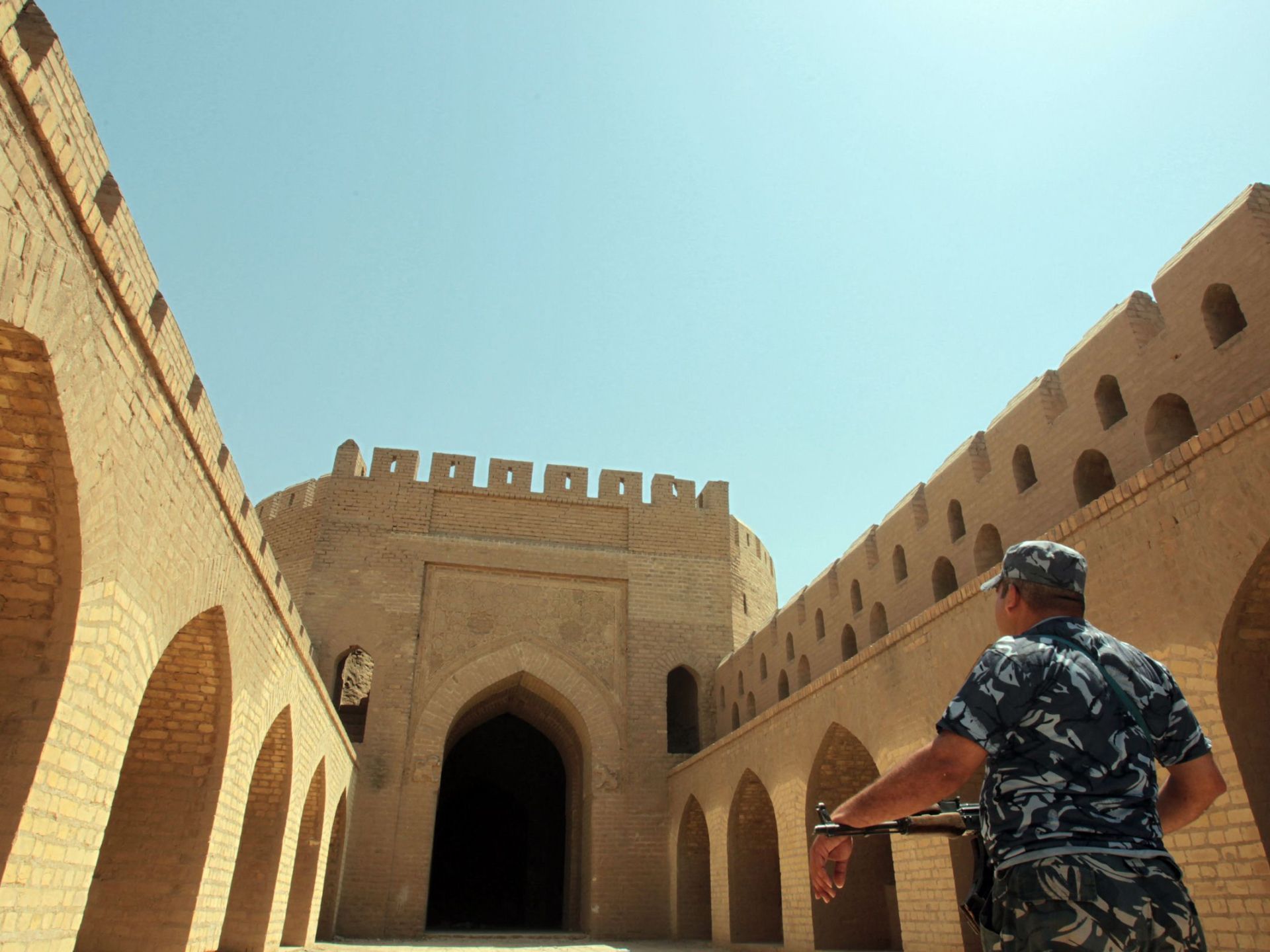Experience the thrill of sailing through the 18th-century Golden Age of Piracy or leading a clan of Vikings in the fractured Anglo-Saxon kingdoms of the 9th century with Assassin’s Creed video games.
Ubisoft’s popular action-adventure series has been taking gamers on historical adventures around the world since 2007.
Now, with the release of Assassin’s Creed Mirage, players can dive into 9th-century Baghdad during the rule of the Abbasid Caliphate, one of the world’s most significant cities in that era.
Baghdad today is often associated with the United States war and its destruction, but Assassin’s Creed Mirage takes players back to the rich and diverse history of the Islamic Golden Age.
Here are some fascinating facts about the founding and end of the Abbasid Caliphate’s Baghdad:
What was the Abbasid Caliphate?
The Abbasid Caliphate was established in 750 by a dynasty that descended from and named itself after Abbas ibn Abd al-Muttalib, the Prophet Muhammad’s uncle who died a century earlier.
They overthrew the Umayyads, a prominent Muslim dynasty based in Damascus since 661.
To achieve this, the Abbasids united various nationalities, including the Persian converts to Islam, who played a significant role in shaping the caliphate differently from its predecessors.
Unlike previous dynasties, the Abbasids focused on common interests instead of tribal or ethnic affiliations when forming their army.
While Arabic remained the official language, the Abbasids aimed to better represent all Muslims, not just Arab Muslims, by introducing more diversity and including people of other faiths.
Author and analyst Eamonn Gearon explained, “As well as native Arabs, the Abbasids employed numerous foreign advisers, bureaucrats, engineers, technicians, translators, and just about any other role one can imagine. They were happy to employ Christians, Jews, Zoroastrians, and other non-Muslims; they just had to be the best.”
How was Baghdad founded?
The second leader of the Abbasid caliphate, al-Mansur, was instrumental in the founding of Baghdad.
Considerations like geopolitical potential, fertile soil, easy access to water and food sources, and a suitable place for expanding the military force led al-Mansur to choose the location between the Tigris and Euphrates rivers as the new capital.
The influx of non-Arab Muslim people to Baghdad played a crucial role in its growth, boosting the city’s population to over one million in the 10th century.
Furthermore, Baghdad’s location along the Silk Road facilitated economic growth and attracted merchants, scholars, doctors, artists, and builders from diverse regions.
According to Gearon, “The Abbasid empire would never have been as successful as it was, nor lasted for as long as it did, if its caliphs and their advisers had not been wise enough to recognize, accept, be inspired by, and make widespread use of foreign technologies and ideas.”
What was Baghdad like back then?
Al-Mansur designed Baghdad with a circular layout, inspired by Persian round cities. The city’s series of concentric circles earned it the title of the Round City.
The innermost circle housed a majestic caliphal palace where the rulers, their families, and their personal bodyguards resided. It also served as a host for ambassadors and scholars from around the world. The Golden Gate Palace served as its gilded entrance, featuring domes offering great visibility and views.
To complete the project, al-Mansur hired foreign architects and approximately 100,000 construction workers. The city also boasted two massive defensive walls, several gates, and a water-filled moat for protection.
Furthermore, Baghdad continued to develop over the centuries, attracting individuals from China, Western Europe, and the Horn of Africa, resulting in advancements in various fields.
What was the House of Wisdom?
The caliph ordered the construction of the House of Wisdom, a grand library and intellectual center that was a major hub during the Islamic Golden Age.
Books and scholarly works from various origins, including ancient Greece, India, and Africa, were housed in the library. The House of Wisdom covered a wide range of subjects, contributing to scientific, medical, mathematical, and literary progress in Baghdad.
Thanks to a translation movement sponsored by the Abbasids, knowledge from different regions, particularly Greece, was transferred and expanded upon in Baghdad.
How did the Abbasid Caliphate end?
Approximately 500 years after its founding, Baghdad faced a tragic end in 1258 when it was invaded by Mongol forces led by Hulagu Khan. The city was razed to the ground, and countless lives were lost.
During the siege, the House of Wisdom was destroyed, and the extent of the library’s lost contents remains uncertain.
This attack marked the end of the Abbasid Caliphate and is considered a significant event signaling the decline of the Islamic Golden Age, during which the caliphs extended their rule from the Iberian Peninsula to Sindh in South Asia.
Denial of responsibility! Vigour Times is an automatic aggregator of Global media. In each content, the hyperlink to the primary source is specified. All trademarks belong to their rightful owners, and all materials to their authors. For any complaint, please reach us at – [email protected]. We will take necessary action within 24 hours.


